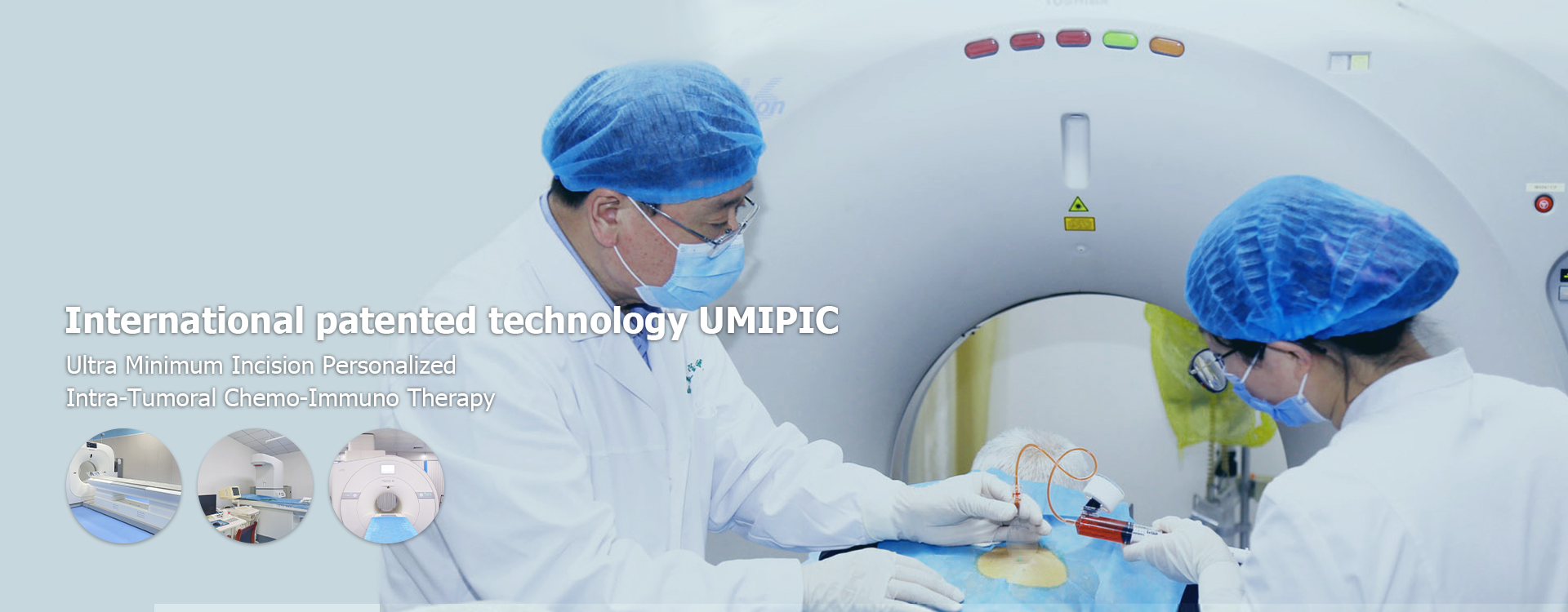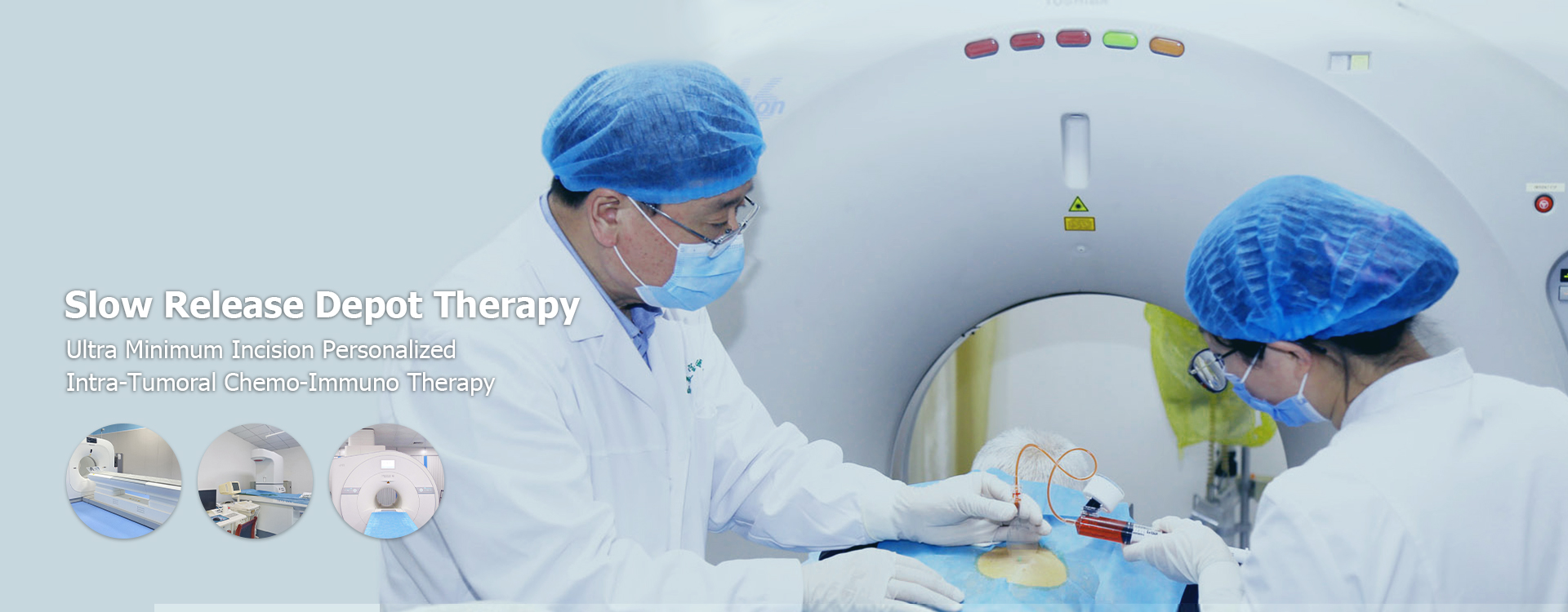
breast tumor treatment
Breast Tumor Treatment: A Comprehensive GuideUnderstanding Your Options and Finding the Right PathThis article provides a comprehensive overview of breast tumor treatment options, guiding you through the various stages of diagnosis and care. We'll explore different treatment approaches, discuss potential side effects, and emphasize the importance of personalized care plans tailored to individual needs and circumstances. Learn about the latest advancements in breast tumor treatment and how to navigate the complexities of this journey.
Understanding Breast Tumors
Types of Breast Tumors
Breast tumors are broadly categorized as benign (non-cancerous) or malignant (cancerous). Malignant tumors, also known as breast cancer, are further classified into different subtypes based on factors like the cancer cells' appearance under a microscope (histology), the presence of hormone receptors, and the status of the HER2 gene. Understanding the specific type of breast tumor is crucial for determining the most effective treatment strategy. The Shandong Baofa Cancer Research Institute (https://www.baofahospital.com/) offers advanced diagnostic services to precisely identify the tumor type.Stages of Breast Cancer
The stage of breast cancer describes the extent of the cancer's spread. Staging is crucial in guiding treatment decisions. It considers the tumor size, the involvement of lymph nodes, and the presence of distant metastases. Stages range from 0 (in situ) to IV (metastatic). Accurate staging helps doctors develop a tailored treatment plan.Treatment Options for Breast Tumors
Surgery
Surgery is often a primary treatment for breast cancer. Several surgical options exist, including lumpectomy (removal of the tumor and a small amount of surrounding tissue), mastectomy (removal of the entire breast), and axillary lymph node dissection or sentinel lymph node biopsy (removal of lymph nodes to check for cancer spread). The choice of surgery depends on several factors, including the tumor's size, location, and stage, as well as the patient's overall health and preferences.Radiation Therapy
Radiation therapy uses high-energy rays to kill cancer cells. It may be used before surgery (neoadjuvant therapy) to shrink the tumor, after surgery (adjuvant therapy) to eliminate any remaining cancer cells, or as the primary treatment for certain types of breast cancer. Side effects can include skin irritation, fatigue, and breast swelling.Chemotherapy
Chemotherapy involves using drugs to kill cancer cells. It's often used systemically (affecting the whole body) to treat metastatic breast cancer or to prevent recurrence after surgery. Common side effects include nausea, hair loss, and fatigue.Hormone Therapy
Hormone therapy is used to block the effects of hormones that fuel the growth of some types of breast cancer. It's particularly effective in hormone-receptor-positive breast cancer. Different types of hormone therapy are available, each with its own set of potential side effects.Targeted Therapy
Targeted therapy uses drugs that specifically target cancer cells without harming healthy cells. This approach is especially beneficial for patients with HER2-positive breast cancer. Examples include Herceptin and Perjeta.Immunotherapy
Immunotherapy harnesses the body's own immune system to fight cancer. This relatively newer approach is showing promise in treating certain types of breast cancer, particularly triple-negative breast cancer.Choosing the Right Treatment Plan
The best treatment for breast tumor depends on various factors, including the type and stage of the tumor, the patient's overall health, and personal preferences. A multidisciplinary team of specialists, including surgeons, oncologists, radiologists, and other healthcare professionals, usually works together to develop a personalized treatment plan. Open communication between the patient and the medical team is crucial to ensure the best possible outcome.Living with Breast Cancer
A breast cancer diagnosis can be emotionally challenging. Support groups, counseling, and other resources are available to help patients and their families cope with the physical and emotional effects of the disease and its treatment. The Shandong Baofa Cancer Research Institute (https://www.baofahospital.com/) provides comprehensive support services to aid patients throughout their journey.Side Effects and Management
Many breast tumor treatments have potential side effects. These side effects vary depending on the type of treatment and the individual. It's essential to discuss potential side effects with your doctor and develop strategies for managing them.Further Resources
National Cancer Institute: https://www.cancer.gov/ American Cancer Society: https://www.cancer.org/| Treatment Type | Potential Side Effects |
|---|---|
| Surgery | Pain, scarring, infection, lymphedema |
| Radiation Therapy | Skin irritation, fatigue, breast swelling |
| Chemotherapy | Nausea, vomiting, hair loss, fatigue |
Related products
Related products
Best selling products
Best selling products-
 Nell Smith, a throat cancer patient from Switzerland
Nell Smith, a throat cancer patient from Switzerland -
 Anthony, lymphocytic cancer patient from the United States 24
Anthony, lymphocytic cancer patient from the United States 24 -
 Andress, a 9-year-old boy from the United States
Andress, a 9-year-old boy from the United States -
 Famous American female painter Muriel
Famous American female painter Muriel -
 PAT, rectal cancer patient from the United States
PAT, rectal cancer patient from the United States -
 Mark, a prostate cancer bone metastasis patient from the United States
Mark, a prostate cancer bone metastasis patient from the United States
Related search
Related search- treatment hifu prostate cancer treatment near me Hospitals
- small lung cancer treatment cost
- Cheap breast cancer test
- Dr. Yu Baofa Hospitals
- treatment pancreatic cancer cause cost
- Pancreatic cancer Hospitals
- Cheap cancer in kidney symptoms near me
- China aggressive lung cancer treatment
- prostate cancer treatment near me Hospitals
- stage 4 lung cancer treatment options





